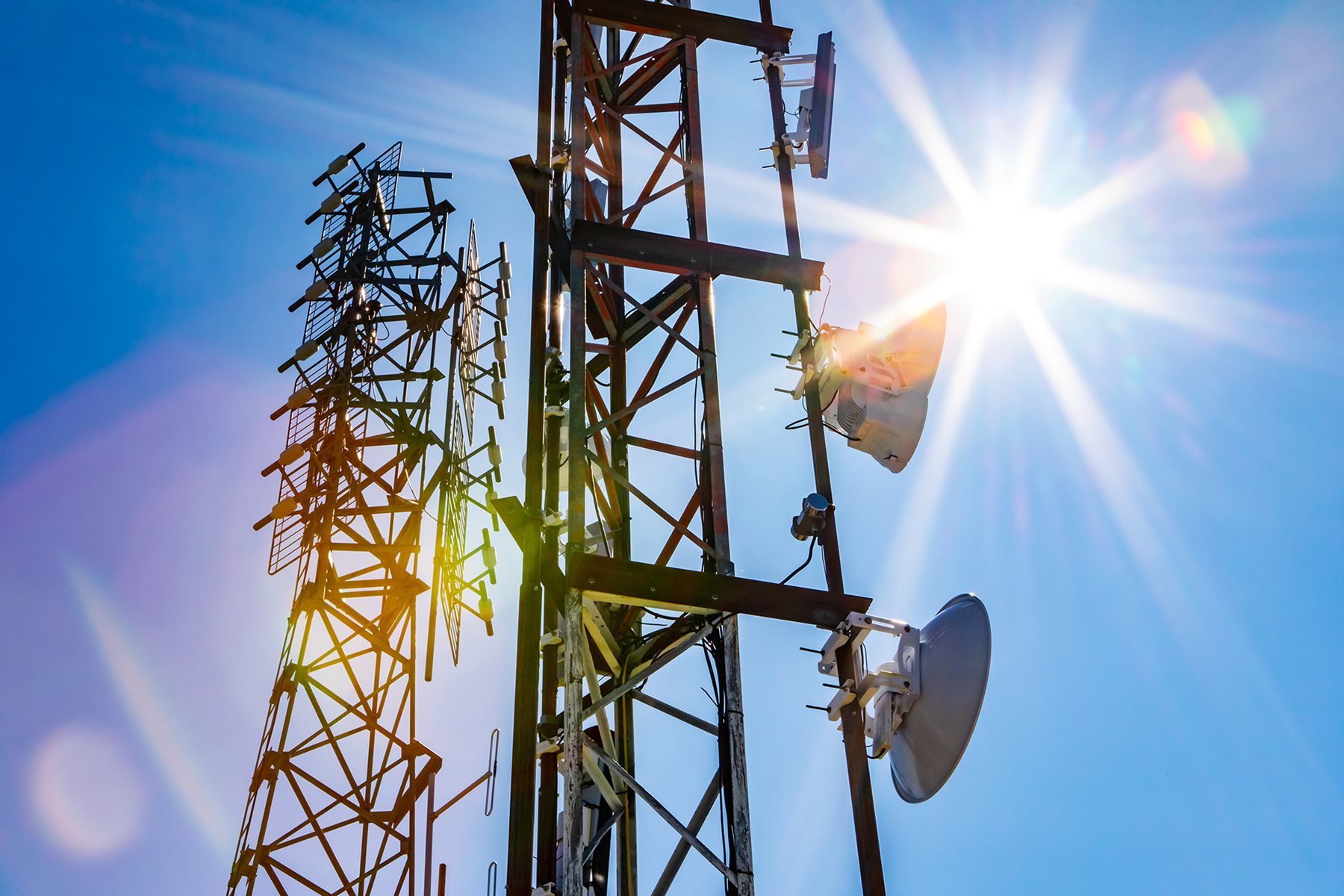What Is A Direction Finder?

Why Are Direction Finders Important?
Direction finders aid technicians in locating interference, allowing them to maintain the integrity of a telecommunications network. Using a radio direction finder, operators can be easily detect and analyze unwanted signals.
Interference hunting and localization are key aspects to successfully maintaining communications technology. The communications industry relies on safety, effectiveness, and efficiency, making interference detection crucial.

Note: These instructions are based off of Narda’s SignalShark.

What Is RF Interference?
RF interference occurs when unwanted RF signals transmit and interfere with cellular, wireless networks, or other communication-based systems. RF interference can result in a variety of problems that diminish the quality of a network and effect user experience like dropped calls or poor battery life. Troubleshooting and adjusting networks impacted by RF interference, then, is essential for signal integrity.What Is Affected By RF Interference?
- Cellular Data
- Wireless Networks
- Radio Signals
- Occupational Safety Related Risks
- Telecommunication Systems
What Is A Radio Direction Finder?
A radio direction finder allows users to pinpoint RF signal interference. To optimize reception, radio direction finders show the type and cause of the interference. Adjustments can then be made, reducing safety risks.
What Is A Direction Finder Used For?
- Spectrum & Signal Analysis
- Direction Finding
- RF Signal localization
- Occupational Safety
- Radio Detection
Direction Finders Features
ATEC’s direction finder rentals have features that are ideal for successful and efficient interference hunting. These products are from industry-leading manufactures, such as Narda and Rohde & Schwarz. They have high sweep rates, real-time instantaneous bandwidths, easy-to-use displays. These fully automatic direction finding, compact, and handheld models are ideal for technicians out in the field.Narda’s SignalShark
Narda is an industry-leading manufacturer in RF signal analysis. Narda’s direction finders are handheld and provide operators with the applications needed to detect, classify, and localize RF signals. The Narda SignalShark 3310 Real-Time Handheld Spectrum Analyzer, a unit that that can be used for comprehensive RF inference hunting, has a high sweep rate of up to 40 GHz/s and an impressive customizable display.How Is A Direction Finder Used?
- Turn on the SignalShark and look at settings. Take note of defined situation.
- Edit the fields on the task bar
- Activate the “Add Task” function
- Choose from the three main operation modes (Auto DF, RT Spectrum, and Spectrum)
- Define the display of the results and use selection menu to navigate
- Customize the display to best serve the operator
- Go to main menu and make the appropriate adjustment for your task
- Take measurements using the SignalShark’s applications. Zoom in and out as needed.
- Determine the results (see the record and review screen)
- Save your results and make the appropriate adjustments to your test subject
Choosing The Right Radio Direction Finder
ATEC carries a wide range of reliable and innovative radio direction finders to choose from, like the Narda SignalShark 3310 Real-Time Handheld Spectrum Analyzer. Reach out to an ATEC rental agent today to learn more about direction finding devices. We can also help you find the best products for your testing requirements and standards. Our radio direction finders are user-friendly and allow for in-depth and quick analysis.


